Artists and cultural workers are falling through the cracks of our economy at a time when their work has never been more needed in society. Their ability to exist and thrive is threatened by the cost of living and housing affordability crisis, our increasingly precarious economy, and cuts to grant funding under the new administration.
Many exist in a structural grey area between independent gig workers and small business owners. Their work is often episodic, making them easily left out of safety net programs like unemployment and healthcare—this is especially true for artists from historically marginalized communities.
To address these challenges, we need new systems and solutions to increase economic equity and ensure that our communities have access to creativity and culture. One such area we’ve seen a wave of interest and experimentation around the potential of in recent years is guaranteed income.
What is guaranteed income? It refers to unrestricted recurring cash payments that people can use however they see fit to cover their basic needs and reach their personal and professional goals. Guaranteed income programs can be focused geographically on specific cities, on specific communities—for example young people, entrepreneurs, or parents—or a mix of both.
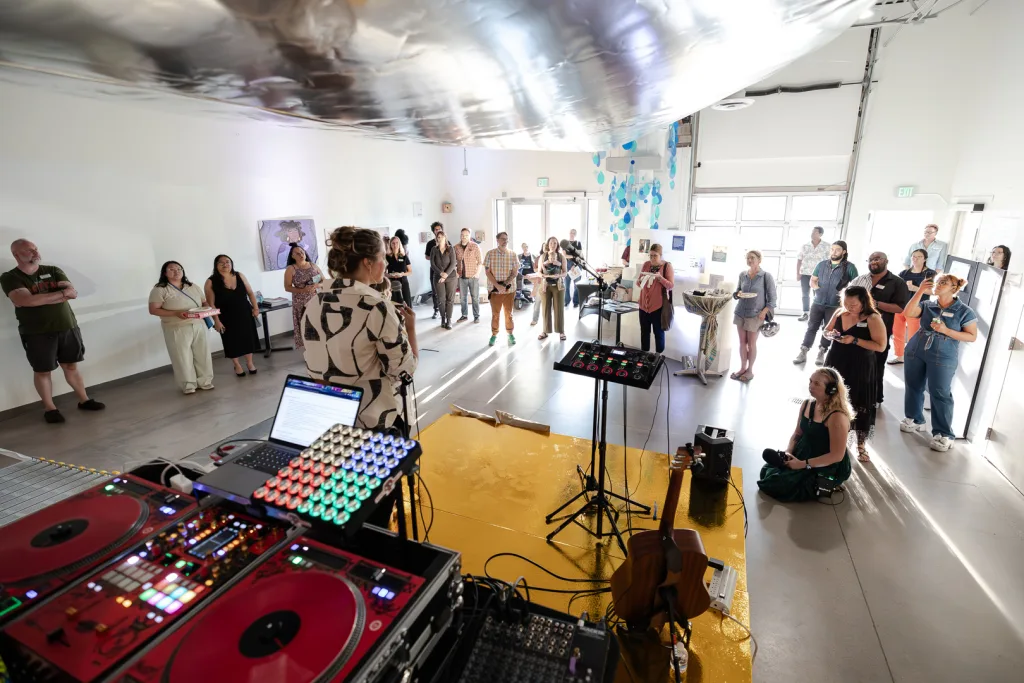
At Springboard for the Arts, we’ve been delivering one of the longest running guaranteed income programs in the country since 2021, focusing on both urban and rural artists and creative workers in Minnesota. Our 100 recipients to date include painters, sculptors, hip‑hop artists, singers, composers, teaching artists, performers, and writers who are receiving $500 a month over a five-year period.
This has given us the opportunity to reflect on what we’ve learned and what insights we can offer to others thinking about doing this work.
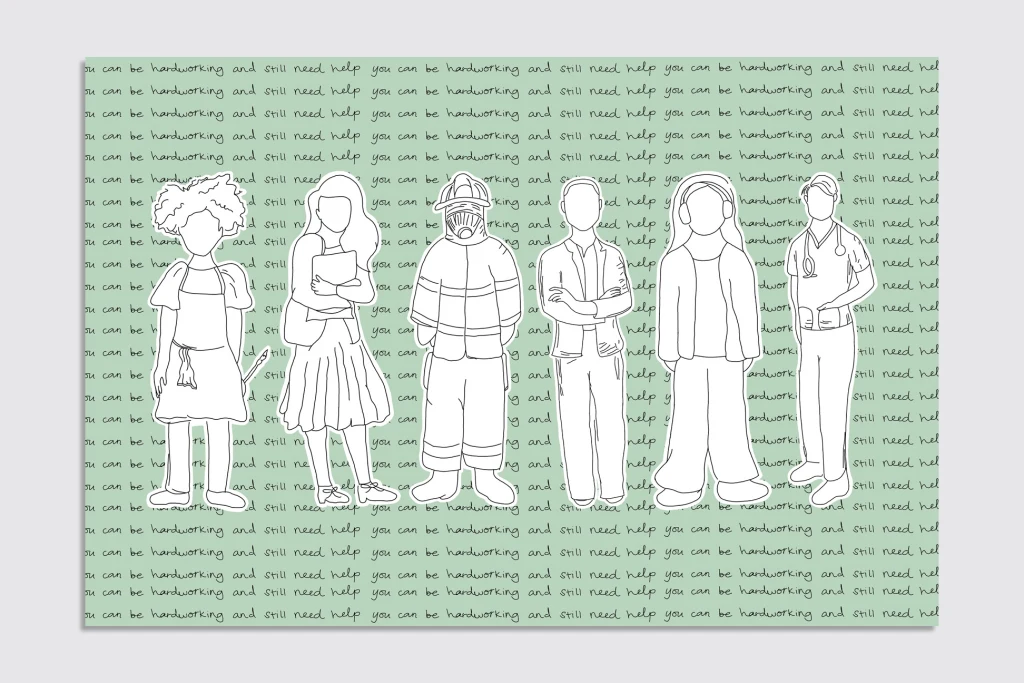
Adapt each program to the historical, cultural, and economic extractions in that community
At its best and most effective, guaranteed income is a tool for justice and repair by supporting populations who have been exploited by social, cultural, and economic systems in America. These programs should be tailored to a community’s needs by considering the connection points between the economics, culture, and physical design of our cities and the impact of policy and planning harms from the past.
Both cities and rural places bear the generational impact of economies based on the extraction of natural or cultural resources including redlining, land theft, the interstate highway system, and placement of industrial infrastructure, like trash burners, that has caused generations of environmental harm and adverse health impacts. The results of these policy decisions fall disproportionately on American BIPOC communities and neighborhoods, particularly Native and Black communities.
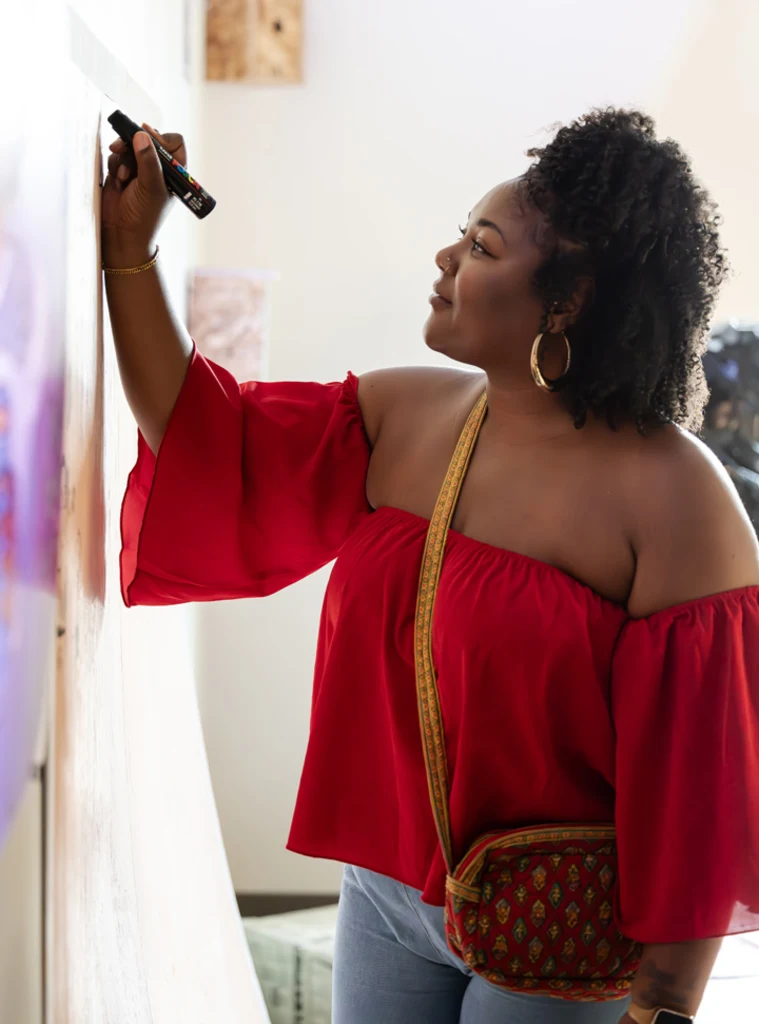
For our work in Saint Paul, we’ve focused our efforts in Frogtown and Rondo—two neighborhoods that are culturally vibrant, resilient, and community oriented, yet that continue to be disproportionately impacted by historical disinvestment, discrimination, and extraction. Rondo, for example, is a historically Black neighborhood whose cultural and business corridor was destroyed in the 1950s and ’60s by highway construction, causing generational economic and cultural harm that residents deal with to this day.
Our rural work is focused in Otter Tail County, in West Central Minnesota. This community, like many rural areas across the U.S., is in the midst of economic transformation, including the loss of major employers, lack of affordable housing, and increase in predatory businesses like dollar stores and payday lending. Here, guaranteed income can be a tool for attracting and retaining the creative people these communities will need to imagine a different future.
The focus on artists and creative workers is rooted in the idea that, like caregiving and community work, cultural work is a form of labor that communities depend on to be healthy but is not adequately valued by our current economy.
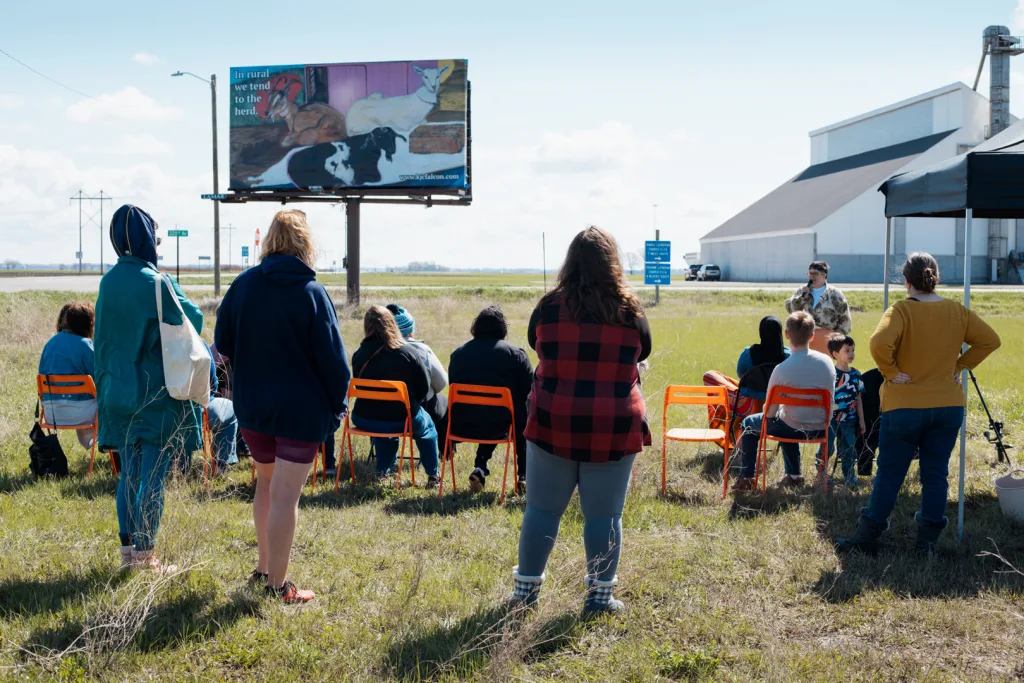
Use artists to help change the narrative about guaranteed income programs
While the idea of guaranteed income is gaining traction across the country, there are still embedded cultural and political beliefs that limit how far economic justice policy change can go. These are often harmful tropes like: “Do people deserve it? How do they spend the money? Why don’t they just get a job?”
One of the most effective ways of countering these questions is for people to experience the stories of these programs on a human level, which can transform pervasive narratives about inequality and poverty into belief systems of belonging, deservedness, and inherent self‑worth. In this way, artists—particularly those participating in guaranteed income programs and who are locally rooted in their communities—have a unique role to play in guiding and delivering a narrative shift around guaranteed income.
With this in mind, we created a project within our wider guaranteed income work, collaborating with a cohort of artists on Artists Respond: People, Place, and Prosperity. In this program, artists created public projects highlighting the root causes that lead to the need for guaranteed income, and its impact on families and communities. (These projects were supported separately and outside of artists’ participation as guaranteed income recipients.)
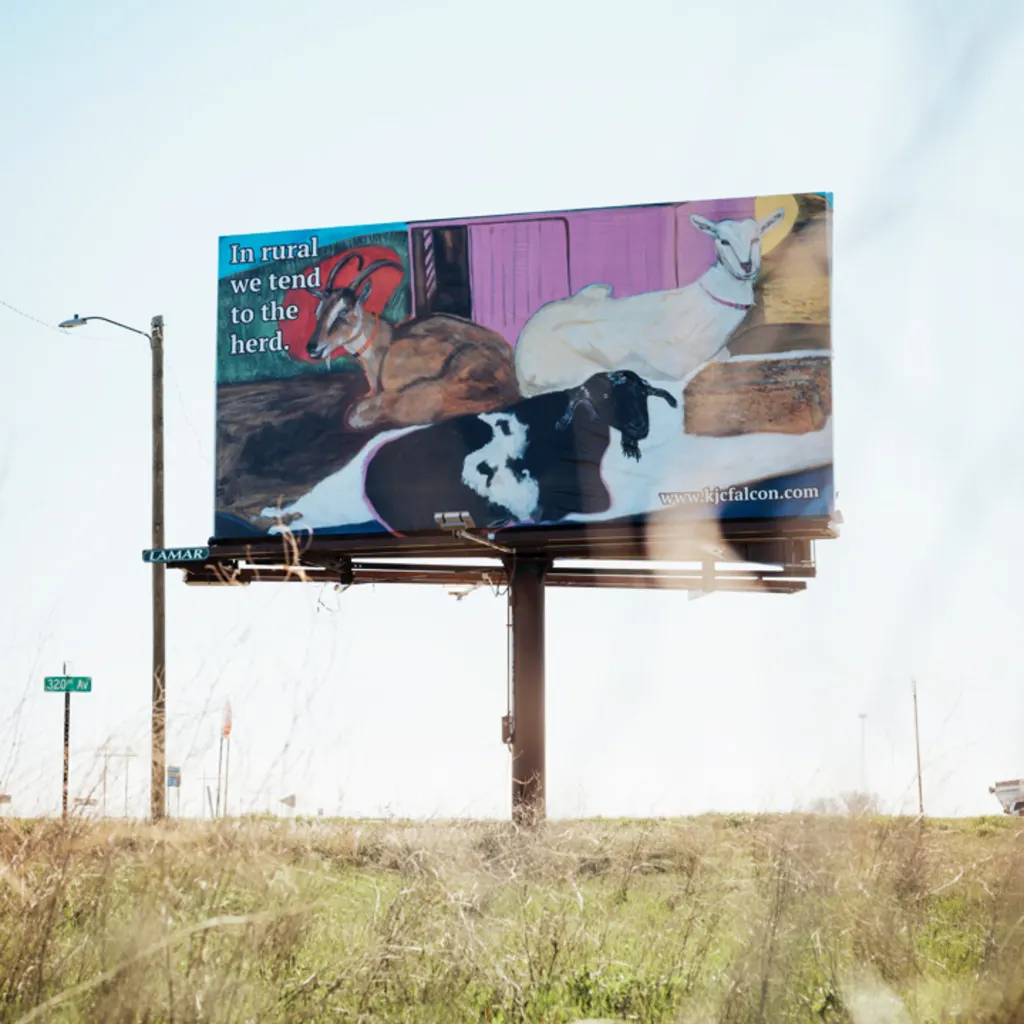
Artists have designed projects that range from podcasts and coloring books, to postcards, a public installation, and a collaborative performance/dance meditation made available on YouTube, all of which use messages that are reflective of their local communities. A billboard on rural Highway 210 by artist Kandace Creel Falcón looked at guaranteed income’s connection to rural values, with the message “In Rural We Tend to the Herd” as a way to root messaging in the collective values of that community and counter individualistic narratives that attempt to malign safety net programs.
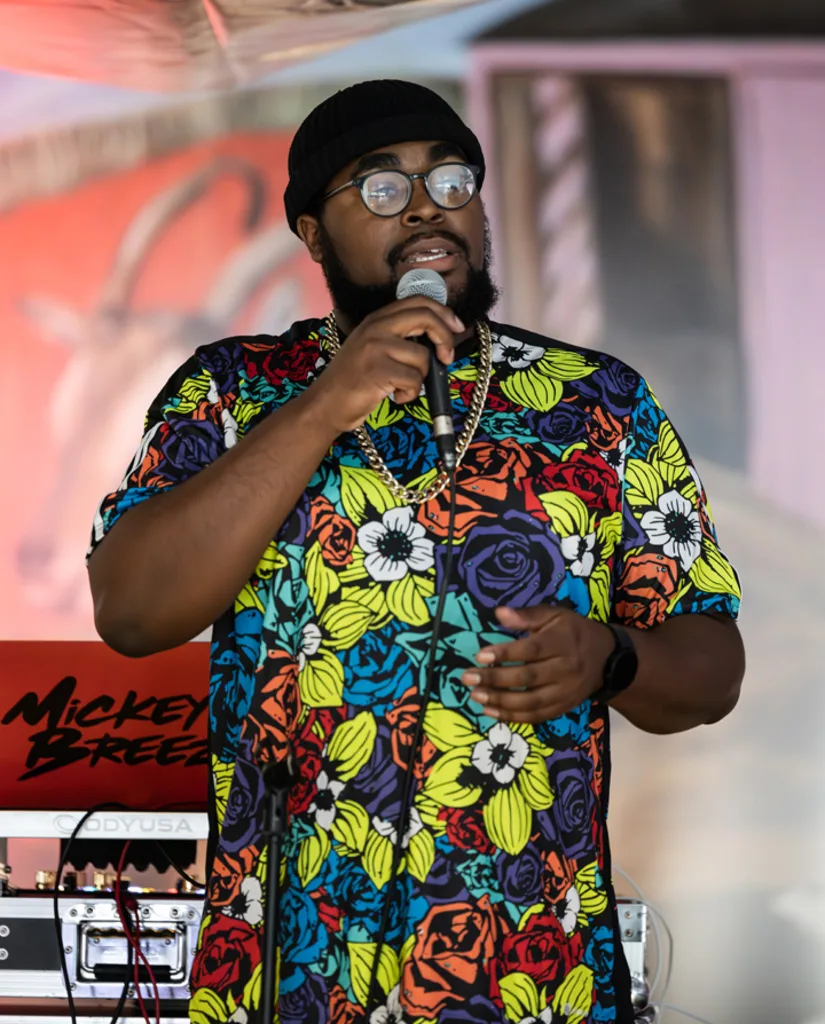
Cross-sector investment and collaboration are key
Our original pilot was a cross-sector partnership—designed in collaboration with the City of Saint Paul’s People’s Prosperity Pilot guaranteed income program and supported by local and national funders including the McKnight, Bush, Surdna, and Ford Foundations. We recently announced the expansion of this work, which includes extending the Saint Paul pilot and adding additional participants to the pilot in Otter Tail County, Minnesota, totaling 100 artists across both locations and committing to five years.
The majority of the pilots taking place across America have been 12 to 18 months, in part because that’s the amount of time that cities were able to raise and access relief funds during the pandemic. These are a great start, but to have the kind of longevity that will allow us to make a meaningful—not just temporary—impact requires bringing more and different kinds of partners on board and moving from pilots to policy.
This is an area where philanthropy has an opportunity to be a true partner by seeding longer-term pilots in more geographies and by supporting advocacy and policy work.
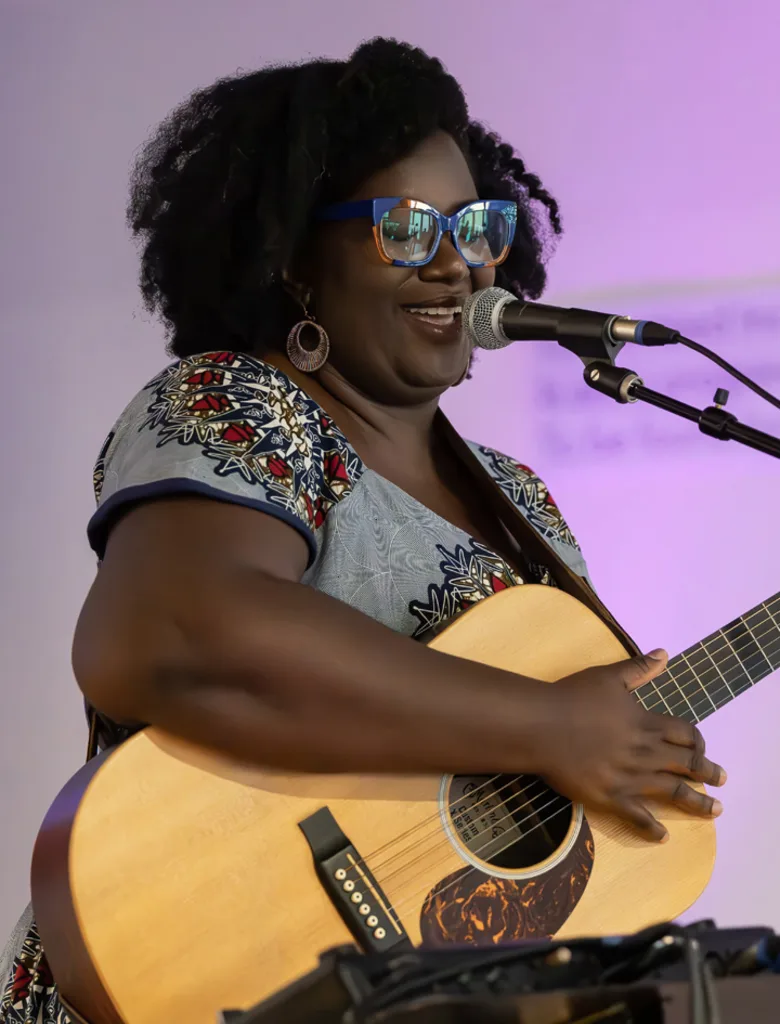
Research and evidence matters
When it comes to expanding the reach and impact of guaranteed income, research and evidence matters. Groups like Mayors for a Guaranteed Income, led by Saint Paul Mayor Melvin Carter, are integrating learning and research from local pilots into state and federal policy recommendations. Springboard for the Arts is working with the University of Pennsylvania Center for Guaranteed Income Research to collect data through community-led participatory research in both rural and urban locations, allowing us to understand what’s working and how people are using these funds.
Emergent themes from this research are compelling, with monthly income contributing to general financial stability; participants’ ability to do longer term planning toward healthcare, savings, business ownership and housing; and increasing financial security so artists can generate creative work for their community and stay in their neighborhoods. This money is going toward rent and supplies but it’s also being put to everyday expenses like fixing a car so that an artist can get to their job or buying snow boots for their children.
Being able to point to these tangible impacts allows us to bring in more partners and more effectively advocate for policy. Even if it feels tedious, having a growing body of data will bolster all of our efforts for both individual programs and the movement as a whole.
The experience with our pilot has shown us that guaranteed income works as a tool for supporting both an individual’s economic security and their ability to contribute to their communities in creative ways. As our economy becomes even more stratified, there is an urgent need to advocate for policy innovations, like guaranteed income, that offer more Americans the freedom to take care of their families and communities and imagine and build a better future.
The article was adapted from the chapter ‘Artists as Allies in Economic Justice’ in the recently released Routledge Handbook of Urban Cultural Planning.
